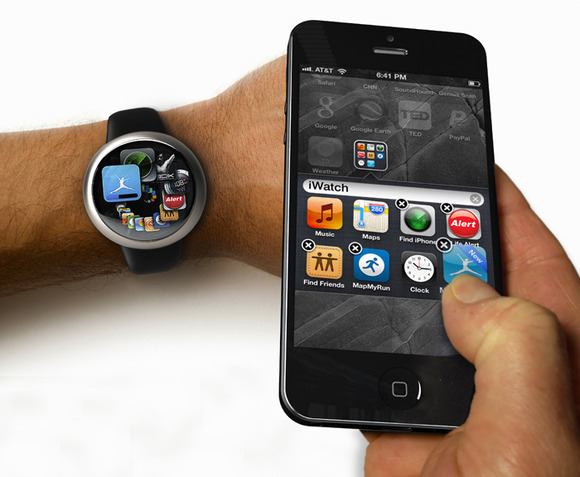 NEWS
NEWS
 NEWS
NEWS
 NEWS
NEWS
![]() Smart watches are already here, but until now smart watch shipments have been negligible. Smartwatches could be the next big thing in mobile technology. Dozens of companies are gambling on this being the case, but it seems as they will only ever have limited appeal thanks to their superfluous nature.
Smart watches are already here, but until now smart watch shipments have been negligible. Smartwatches could be the next big thing in mobile technology. Dozens of companies are gambling on this being the case, but it seems as they will only ever have limited appeal thanks to their superfluous nature.
The tiny screens are considered as a problematic for fat-fingered folks. However, thanks to researchers at the University of California, good news appears to be on the way. Scientists from the University of California at Berkeley and Davis are making a tiny chip that can detect gestures in three dimensions.
The little chip enables the use of ultrasound waves and, because of that, it is called Chirp.
Made by Chirp Microsystems, the system is able to make non-contact gesture control in the same familiar way to interact with mobile devices, as well as control via the touch screen. Its main element is a small electronic chip, equipped with a sound locator–an array of ultrasonic transducers tiny acoustic resonators that generates ultrasonic waves reflected from the user’s hands or objects. Depending on how those waves bounce off nearby objects and reflected, gestures are then captured and analyzed.
Everything you can currently do with your phone’s voice command system you’ll be able to do through your smartwatch. This includes making and answering calls, replying to text messages, composing emails, posting to social networks, changing the music that’s playing, and setting up alarms and appointments.
Due to the small size of Chirp, it can be integrated into a variety of devices, ranging from laptops, tablets and smartphones, and ending with wearable gadgets such as smart watches. The producer hope that Chirp will be used in everything related to wearable devices–from smart watch to glass to any electronic devices that can be controlled.
“There aren’t a whole lot of options of what you can do on a touch screen when it’s about the size of a quarter or so,” says Richard Przybyla, a graduate student at UC Berkeley’s Berkeley Sensor & Actuator Center, who designed the ultrasound chip.
Przybyla showed a demo where the chips that comprise it were hooked up to a computer, allow to control a computer-animated plane’s flight path on a monitor by moving hand in front of the display.
Chirp is one of the growing efforts to bring gesture control to all kinds of consumer electronics such as Kinect from Microsoft and the Leap Motion Controller. Some methods aim to facilitate the integration of gesture controls in devices such as laptops and smartphones using hardware already built into the device. The SoundWave Project of Microsoft Research is based on the speakerphone and microphone, while Flutter, recently acquired by Google, use your webcam for gesture control.
Chirp team believes that its technology, which requires an electronics and ultrasound chip embedded in the device to be controlled, allows much more precise gestures and lower power consumption, and can operate in darkness or bright light, making it ideal for small electronic devices such as smart watches and computers mounted in the head such as Google Glass.
Gesture recognition technology would be ideally suited to both smartwatches and headsets, allowing for new types of movement to be incorporated into a command set. Disney’s new AIREAL gesture controlled project when connected to a TV or an iPad allows users to feel objects and textures in the air.
Chirp technology currently is in research, and the hope is that it’ll soon find its way into consumer hardware. Some big-name tech manufacturers are either announced smartwatches (Samsung) or rumored to be working on them (Apple), so this may be a unique selling point for much longer.
THANK YOU